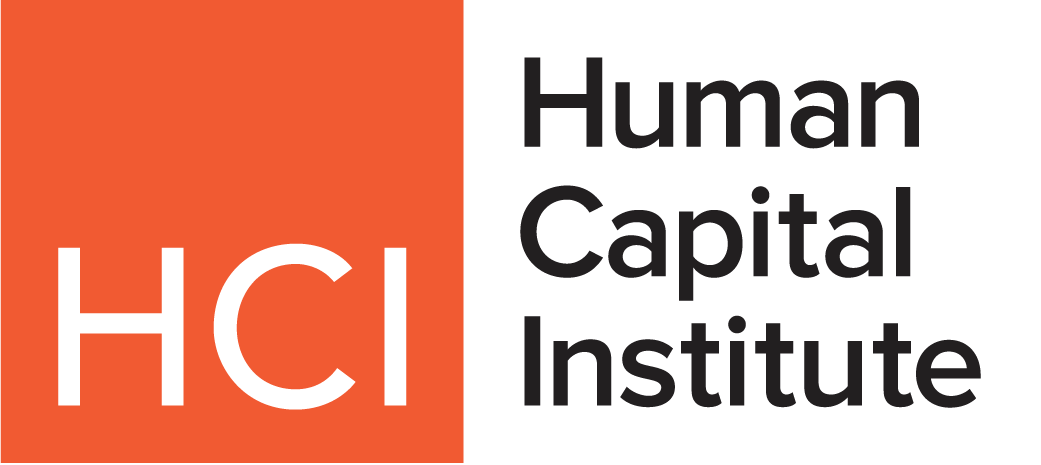Remote Work Leads to a Global Workforce and Many Improvements
What happens when you are suddenly free to hire the talent that fits your needs from anywhere in the world? Not only do you build better teams, but certain factors lead to the leveling of the playing field and many improvements for employers and employees alike.













